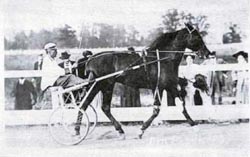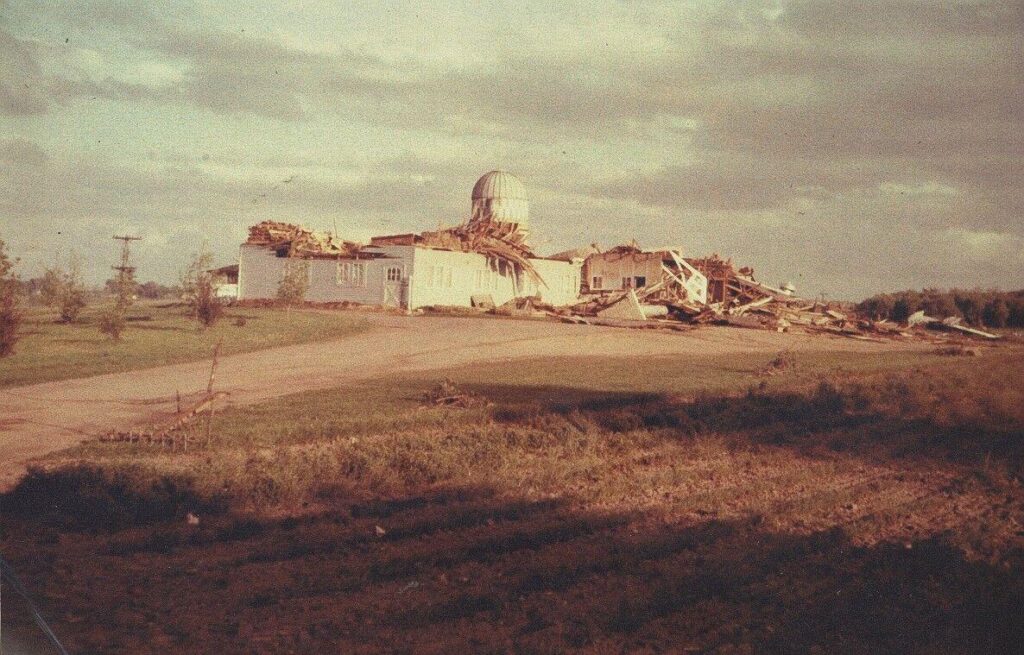“After the sunset on the prairie, there are only the stars.”
– Carl Sandburg

Cloverdale Farm is a 256 acre site nestled in Baytown Township, near historic Stillwater, Minnesota. The neighborhood, which houses 59 single-family homes, broke ground in 1997. But the land’s rich history began years before:
The property was originally acquired by Henry L. Moss from the United States Government in 1849, as Minnesota was established as a territory and federal judicial district by the Congress of the United States. In that same year, Moss was appointed its first U.S. Attorney by President Zachary Taylor and served for the first time in this position until 1853. As Minnesota became a state in 1858, Moss remained in this notable seat and continued to serve until 1868.
By 1887, a prominent Saint Paul lumber merchant named James P. Gribben purchased the property from Moss. James Perry Gribben was president of Gribben Lumber Company and Director of the St. Paul Chamber of Commerce. With his home residence at 378 Summit Avenue, and his lumber company office at 965 East Seventh Street, the quiet country side was an escape. Gribben proudly named the land the “Cloverdale Stock Farm.” This marked the start of Cloverdale Farm’s legacy as a fine stable and training facility for trotting horses for the next 60 years.

In 1897, Gribben sold the property to Thomas Irvine and his son Horace, both prominently involved in the lumber industry. It became their summer home, away from Saint Paul’s city life (Thomas made his winter home on Dayton Avenue and Horace lived on Summit Avenue in what is now the Governors’ residence). They built the existing farm house in 1924 and continued to host incredible social gatherings for Minnesota’s elite on the banks of Cloverdale Lake. During that same time, they enhanced the property with the construction of a racetrack and one of the most famous barns in Minnesota. The 157 foot long barn was built for $58,000 to house trotting horses. The famous American Standardbred pace horse, Dan Patch, is said to have trained at the facility.
Dan Patch became connected to Minnesota when he was sold in December 1902 to Marion Willis Savage, a resident of Hamilton (later Savage), Minnesota. Dan Patch was purchased for the then unheard of price of $60,000 (equivalent to $1,880,000 in 2021). Savage was the owner of the International Stock Food Company, which specialized in feed supplements for animals, and he used the horse to advertise the business. Dan Patch retired undefeated in 1909 as the holder of nine world records, and spent much of his later life attending exhibitions. He was used for stallion duty, and had a moderately successful stud career but never sired a horse close to his ability. His daughter, Edna Patch, is said to have trained at Cloverdale Farm as well.
While the history of Dan Patch’s time on the property is not very well documented, what is well recorded is the destructive tornado that ripped through Lake Elmo in 1958, destroying the stately Cloverdale barn.
From the Stillwater Gazette:
“At the end of May 1958, the storm clouds rolled in around 3pm and within seconds funnel clouds started to form. The first touchdowns of the storm occurred near White Bear Lake then on into the Dellwood area where it ripped through the Norman Slade farm. Traveling in a Southeasterly direction, the twister took out power lines, trees, farm buildings and more. The tornado continued on its path of destruction as it swooped into the Lake Elmo area and took out the large barn on the Cloverdale Farm.
The Cloverdale barn was one of the largest in the state at the time. It was constructed in 1924 at a cost of $58,000 by Thomas Irvine of St. Paul. The barn originally held trotting horses which Irvine bred and maintained as a hobby. It was 157 feet long, with a center section about 70 feed wide and two wings 54 feet wide. It had a large hip roof which gave it the appearance of being nearly three stories high and was the largest building on the 260 acre estate established by Irvine in 1895.”

Cloverdale Farm broke ground in the fall of 1994, with the vision of developer Robert Engstrom. Due to governmental restrictions, clustering of homes was not permitted. Preservation of existing land features was accomplished, however, with a covenant requiring each homeowner to landscape half of their 2 ½ acres in a natural state. The majority of the homeowners chose native prairie restoration as their method of natural landscaping. Working together, Cloverdale Farm homeowners and Robert Engstrom Companies were able to contiguously connect large stands of native prairie restorations. This cooperation produced an absolutely stunning landscape.

The innovative Cloverdale Farm land plan retains the interesting character of the rolling hills, lakes, marshes and woodlands, while providing coveted amenities like trails, parkland, and recreational sport courts. Cloverdale and McDonald lakes also give beautiful lakeshore and recreational opportunities for Cloverdale Farm homeowners. To help keep the lakes clean, wetland areas were created to help retain and treat storm water before it enters the lakes.
The Cloverdale Farmhouse sits where it was built almost a century ago, in a grass-covered field shaded by evergreens. The historic home has been retained, along with the historic dairy barn and the large storage shed near 4653 McDonald Drive N.
In 2022, the final Cloverdale Farm home site was completed.
*Disclaimer: Further historical research is being compiled with a list of sources. The authors of this website are not claiming this content as our own.